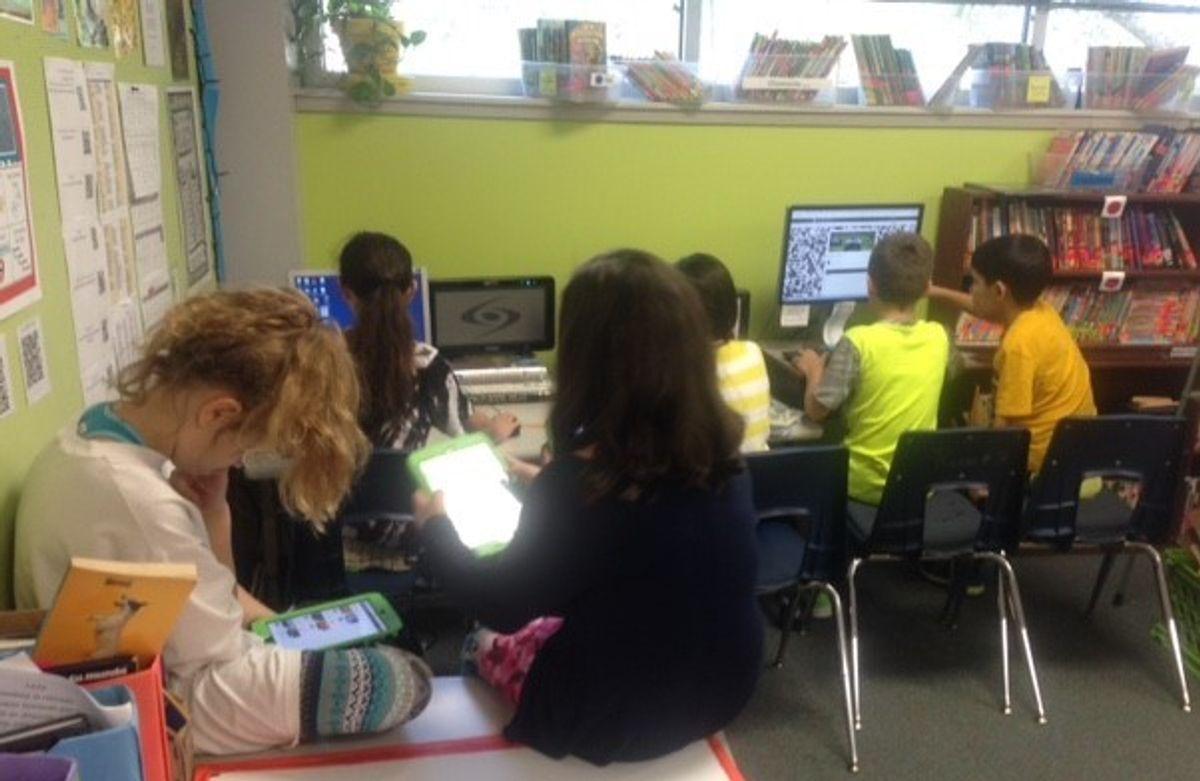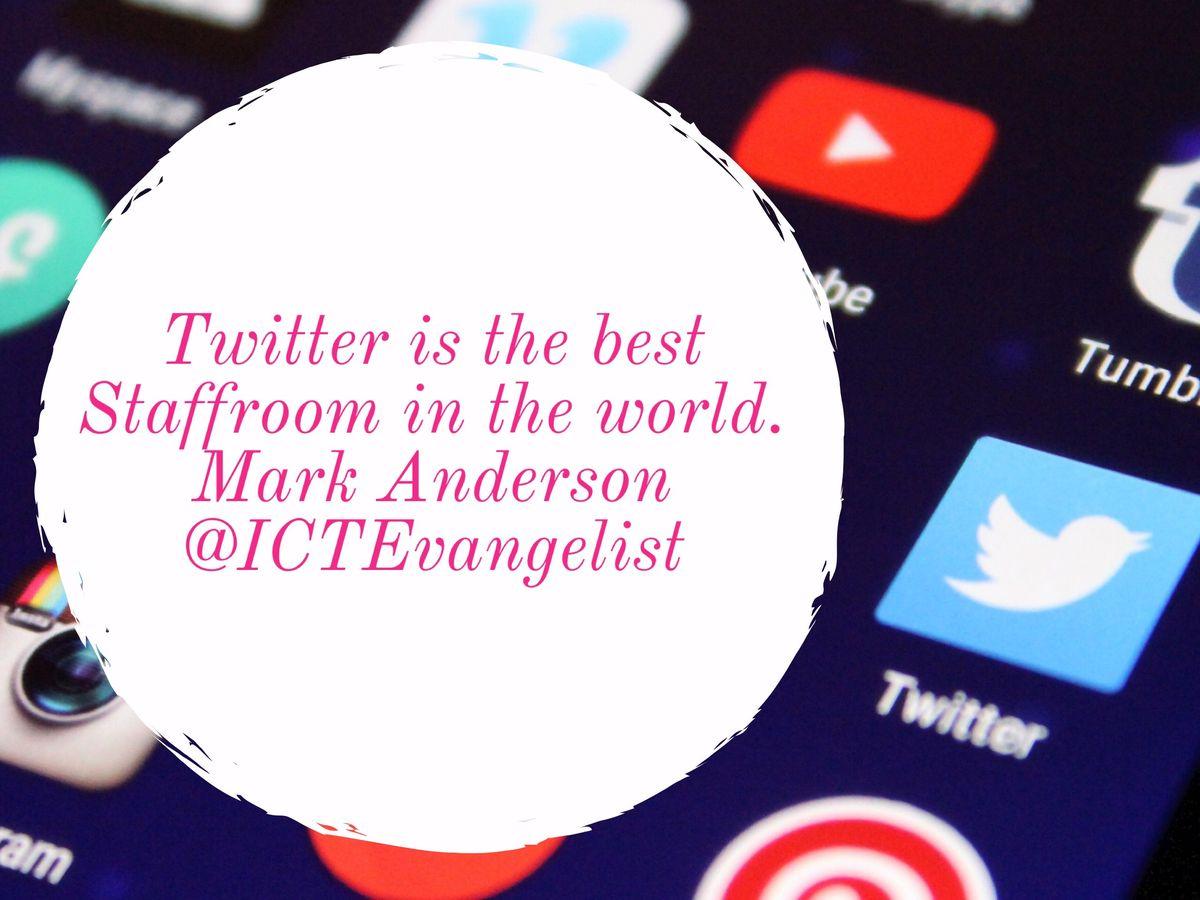Effective presentation skills are crucial for coaches and educators aiming to communicate their ideas and knowledge impactfully. This article explores essential tips and strategies that enhance presentation effectiveness, tailored specifically for this audience. By understanding your audience, crafting a compelling message, mastering delivery techniques, and leveraging modern technology, coaches and educators can deliver presentations that are not only informative but also engaging and memorable.
Key Takeaways
- Develop a deep understanding of your audience to tailor your content effectively.
- Craft a clear, structured, and engaging message using various media to enhance understanding.
- Master delivery techniques and utilize modern tools to deliver dynamic and impactful presentations.
Understanding Your Audience

Identifying Audience Needs
To effectively reach your audience, conduct surveys or interviews prior to your presentation to gauge their expectations and knowledge level. This data-driven approach allows you to tailor your content precisely:
- Determine key interests and concerns
- Identify knowledge gaps that your presentation should address
- Adjust the complexity of your presentation based on the audience’s familiarity with the topic
Adapting Content for Different Learning Styles
Every audience is diverse, and adapting your presentation to accommodate various learning styles is crucial. Utilize a mix of auditory, visual, and kinesthetic materials to cater to everyone:
- Include diagrams and infographics for visual learners
- Use storytelling and verbal explanations for auditory learners
- Incorporate hands-on activities or demonstrations for kinesthetic learners
By diversifying your presentation methods, you ensure that your message resonates with a broader audience.
Engaging Diverse Groups
Engagement is key to a successful presentation. Use interactive elements like Q&A sessions, polls, and group discussions to maintain interest and encourage participation. Tailor your language and examples to be inclusive and relatable to different demographics within your audience.
Crafting Your Message

Structuring Your Presentation
To craft engaging presentations, start by outlining your core message and main points. Use a logical flow that builds on each idea sequentially. Consider using tools like PowerPoint or Prezi to help visualize this structure. A typical structure might look like this:
- Introduction - set the stage and state your purpose
- Body - delve into the details, divided into manageable sections
- Conclusion - summarize and restate your key points
Using Clear and Persuasive Language
It's crucial to use language that is both clear and persuasive. Tailor your words to resonate with your audience, employing techniques such as rhetorical questions, repetition, and three-part lists to enhance your points. For example, when discussing the importance of a concept, you might say:
- Firstly, it is essential because...
- Secondly, it has been proven that...
- Lastly, experts agree that...
Incorporating Visuals and Media
Visuals and media can significantly enhance your presentation's impact. Integrate charts, graphs, and videos that support and clarify your points. For instance, if you're presenting data on market trends, a well-designed graph can make the information more digestible and compelling. Here’s a simple example of how to format a table in Markdown:
| Year | Revenue |
|---|---|
| 2019 | $1M |
| 2020 | $1.5M |
| 2021 | $2M |
Use visuals not just to decorate, but to communicate more effectively.
Mastering Delivery Techniques

Improving Vocal Projection and Clarity
To ensure your voice carries across the room, practice diaphragmatic breathing and articulate your words clearly. Use vocal exercises to strengthen your projection, such as repeating tongue twisters or reading passages aloud at varying volumes. Maintain a steady pace and avoid monotonous tones to keep your audience engaged.
Utilizing Effective Body Language
Your body language speaks volumes before you even utter a word. Stand confidently, with shoulders back and head held high. Use gestures to emphasize points and move around the space to maintain audience interest. Eye contact is crucial; aim to connect with different sections of the audience throughout your presentation.
Managing Nerves and Building Confidence
Nerves can be a major barrier to effective delivery. Start by acknowledging your anxiety as a natural response. Implement relaxation techniques such as deep breathing or progressive muscle relaxation before going on stage. Rehearse extensively in the environment where you will be presenting, and visualize a successful outcome to build your confidence.
Leveraging Technology and Tools

Choosing the Right Presentation Tools
Selecting the appropriate tools can significantly enhance your presentation's effectiveness. Consider platforms like PowerPoint, Prezi, or Google Slides based on your specific needs. Evaluate each tool's features, such as design flexibility and interactive capabilities, to ensure they align with your objectives.
Integrating Interactive Elements
Incorporate interactive elements to make your presentations more engaging. Tools like Poll Everywhere or Kahoot can facilitate real-time audience participation. Use quizzes, polls, or live Q&A sessions to foster a dynamic learning environment.
Evaluating Feedback and Analytics
After your presentation, gather and analyze feedback to refine your approach. Tools like SurveyMonkey or Google Forms can collect audience responses efficiently. Review the data to identify trends and areas for improvement, ensuring your future presentations are even more impactful.
Conclusion
In conclusion, mastering the art of impactful presentations is crucial for coaches and educators who aim to inspire and educate effectively. By embracing the strategies discussed, such as engaging storytelling, clear communication, and adaptive techniques, you can significantly enhance your presentation skills. Remember, the key to a successful presentation lies in preparation, audience engagement, and continuous improvement. Keep refining your skills, and you'll not only captivate your audience but also leave a lasting impression.
Frequently Asked Questions
How can I better understand the needs of my audience?
Start by researching your audience's background, interests, and learning preferences. Use surveys or questionnaires to gather direct feedback and tailor your presentation accordingly.
What are some effective ways to incorporate visuals into my presentation?
Use high-quality images, charts, and videos that complement your message. Ensure that visuals are clear and relevant, and use tools like infographics to simplify complex information.
How can I manage nerves before a presentation?
Practice your presentation multiple times in different settings. Use relaxation techniques such as deep breathing or visualization. Remember to prepare thoroughly, which can boost your confidence significantly.
